How Does Barrel-Aging Rum Work?

The history of liquor is fascinating, and each type of liquor has its own story. Rum, for example, is a newcomer as far as liquor goes, having been created in the early 1600s.
Rum came about as a direct result of the sugar and slave trades. Those making sugar in the Caribbean found themselves with a lot of useless by-products from sugarcane squeezing. We now know some of this by-product as molasses, and allowing it to ferment created rum.
Demand for the drink exploded almost overnight. These days, rum is a multi-billion dollar industry, and barrel aging is a part of it. What's the big deal with barrel-aging, though? What does it do to the liquor?
We'll talk about that in this article.
History of Barrel-Aging
Barrel aging is an old practice that's not used for many types of liquor. The practice dates back to the early days of the liquor trade when liquors were stored in barrels and transported by ship.
A typical sea voyage often took months. By the time the final product reached its destination, it had taken on certain characteristics of the barrel.
Being in a barrel that long diminished the stronger flavors of the rum. It also added the citrusy and woody flavors of the barrels. The world had discovered dark rum.
Wood Pores
How does rum aging work? Why do we always use a barrel to age rum? It's because the barrels were wooden.
Wood is a porous material, meaning that there are spaces between its molecules. Liquid, by nature, conforms to fit its container. This means that it will get into any spaces that exist to be filled.
Convection
The process is further complicated by how wood reacts to seasonal changes. As the air around the barrel heats up, it undergoes convection. Convection is a scientific term that describes the tendency of molecules to move away from each other in high heat.
The result is that more liquid seeps into the wood's pores over the summer. As the temperature drops, molecules contract again and the rum is forced out of the pores again.
The result is that the rum slowly 'mixes' with the wood from the barrel, absorbing some of its color and flavor.
The Role of Charcoal
To enhance the flavor of aged rum, some people add charcoal into the barrel or burn the wood so that it's infused with charcoal. This helps emphasize the smoky flavors of the rum.
This isn't something we recommend for anybody who's inexperienced at making rum. Fire is dangerous and alcohol is flammable. The results could be disastrous if you aren't careful.
Barrel-Aging Rum and How it Works
Barrel aging can do a lot for the taste and color of rum. People discovered the process by accident, but continue it to this day. We've talked about how barrel-aging works in this article, but there's always more to learn.
You can learn more about our rum and the history behind it by reading through some of our previous posts. For instance, do you know what happened on July 31st, 1970? Click the link to find out.


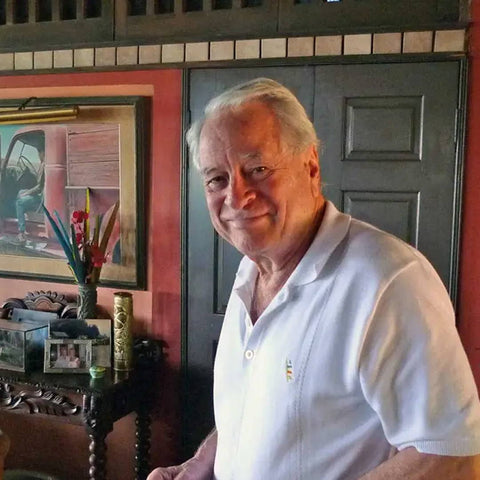
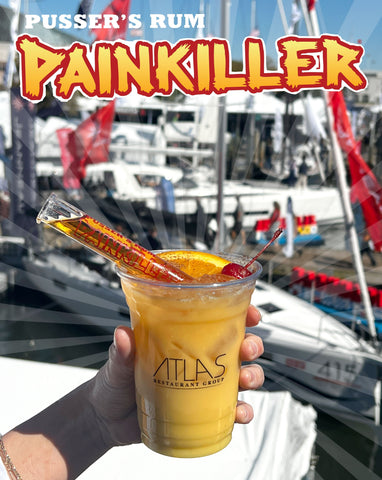
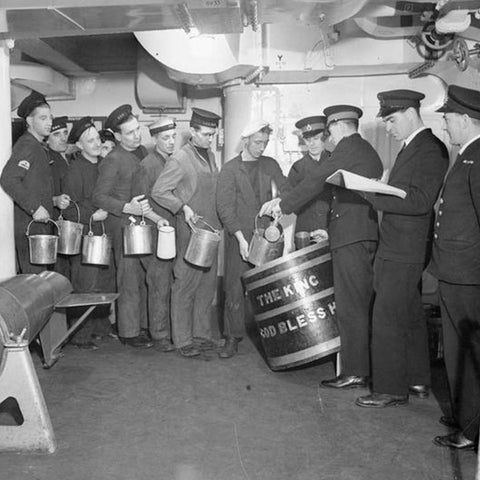

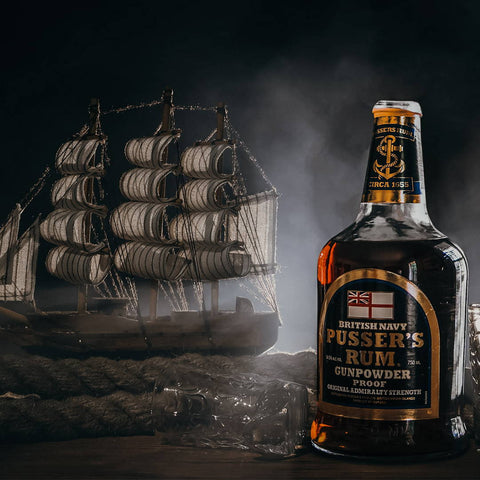
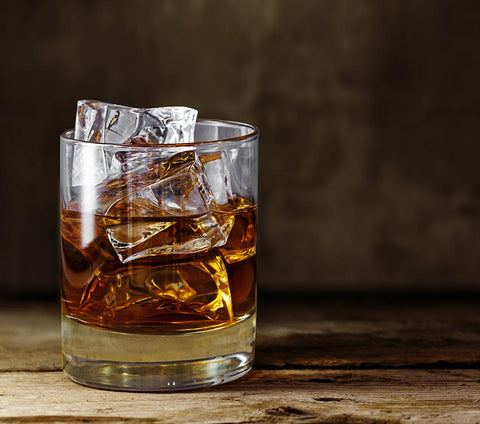
Keep me posted.
Thank you 😊
Leave a comment